Home>Articles>Safety Precautions When Using Power Tools With Electrical Cords
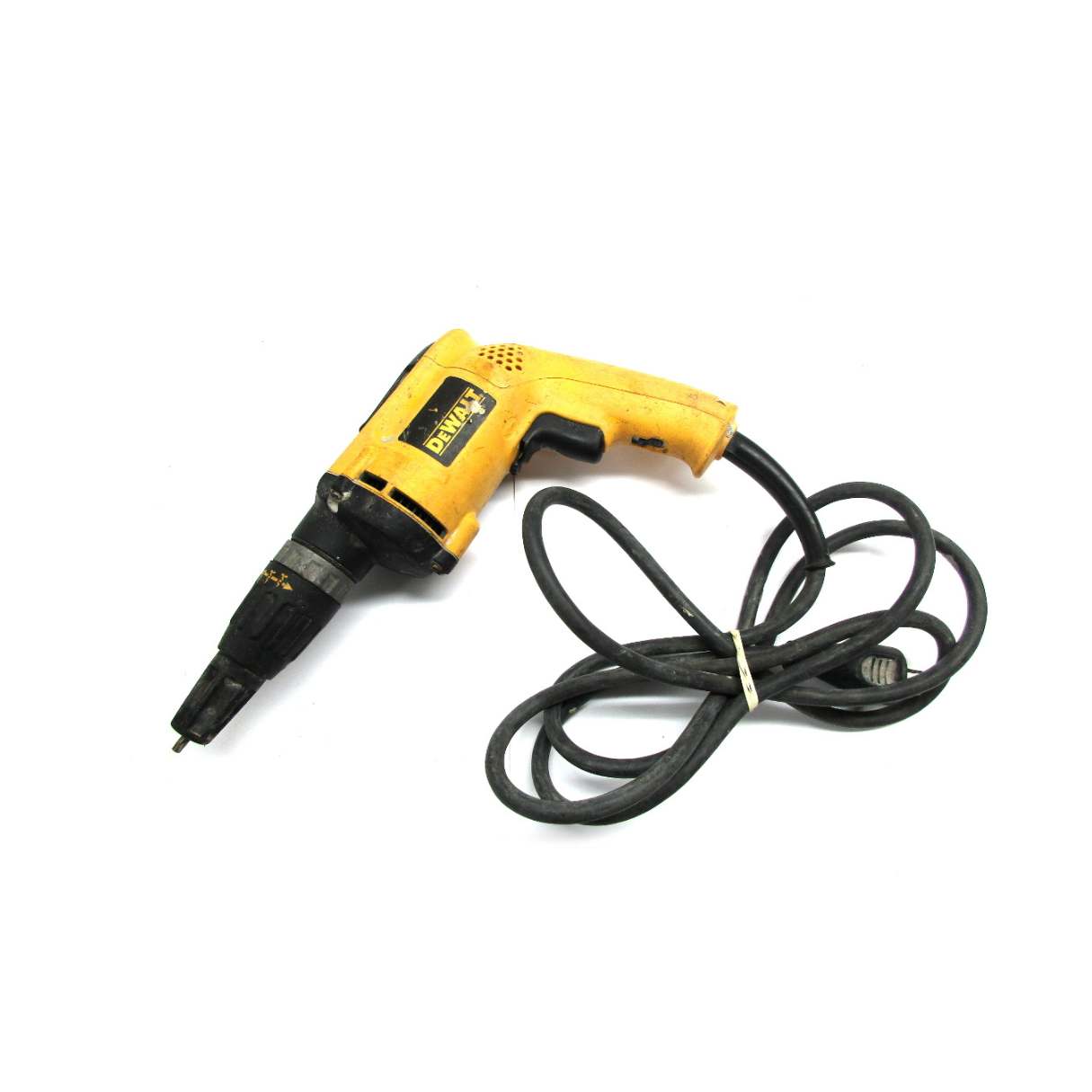

Articles
Safety Precautions When Using Power Tools With Electrical Cords
Modified: December 7, 2023
Discover essential safety tips for using power tools with electrical cords in this informative article. Learn how to keep yourself protected and prevent accidents.
(Many of the links in this article redirect to a specific reviewed product. Your purchase of these products through affiliate links helps to generate commission for Storables.com, at no extra cost. Learn more)
Introduction
Power tools have become an indispensable part of our lives, making tasks easier and more efficient. Whether you’re a professional tradesperson or a DIY enthusiast, power tools with electrical cords are a common sight in workshops, construction sites, and households. While these tools provide immense convenience, it’s important to remember the importance of safety when using them.
Accidents involving power tools can cause serious injuries, ranging from electrical shocks to cuts and lacerations. Many of these accidents can be prevented by following proper safety precautions and using the tools responsibly. In this article, we will explore various safety measures that should be taken when using power tools with electrical cords to ensure both personal safety and optimal tool performance.
Key Takeaways:
- Prioritize safety by following proper precautions when using power tools with electrical cords to minimize the risk of accidents and ensure a safe working environment.
- Regular maintenance and proper storage of power tools with electrical cords are essential for their longevity, optimal performance, and safety.
Safety Precautions
When it comes to using power tools with electrical cords, safety should always be the top priority. By following these safety precautions, you can minimize the risk of accidents and ensure a safe working environment:
- Read the manual: Before using any power tool, carefully read and understand the manufacturer’s instructions and safety guidelines. Familiarize yourself with the tool’s features, limitations, and proper usage techniques.
- Wear appropriate personal protective equipment (PPE): Always wear safety glasses, gloves, and hearing protection when operating power tools. Additionally, consider wearing a dust mask or respirator when working with materials that produce airborne particles.
- Create a clear workspace: Ensure that your work area is well-lit, clean, and free from clutter. Clear any obstructions that could cause accidents or trip hazards.
- Inspect tools before use: Before turning on a power tool, carefully inspect it for any signs of damage or wear. Check for loose parts, frayed cords, or broken switches. Never use a tool that is damaged or in poor condition.
- Never operate tools in wet conditions: Avoid using power tools with electrical cords in damp or wet environments, as it increases the risk of electric shock. If wet conditions are unavoidable, use a ground fault circuit interrupter (GFCI) extension cord to minimize the risk.
- Keep children and bystanders away: Ensure that children and unauthorized individuals are kept at a safe distance from the work area to prevent accidents. It’s also essential to secure the electrical cords to prevent tripping hazards.
- Unplug when not in use: When you finish using a power tool, always unplug it from the electrical outlet. This prevents possible accidental starts and reduces the risk of electric shocks.
By implementing these safety precautions, you can significantly reduce the chance of injuries while using power tools with electrical cords. Remember, taking a few extra minutes to prioritize safety is always worth it in the long run.
Proper Extension Cord Usage
Using extension cords with power tools is a common practice when working in areas with limited electrical outlets or when needing to reach further distances. However, it’s crucial to use extension cords correctly to ensure safety and prevent electrical hazards. Here are some guidelines for proper extension cord usage:
- Choose the right extension cord: Select an extension cord with the appropriate length and gauge for your power tool. The gauge determines the cord’s ability to handle the tool’s power requirements. Refer to the manufacturer’s recommendations or consult an electrician if you’re unsure about the suitable gauge.
- Avoid overloading the extension cord: Each extension cord has a maximum ampere or wattage rating specified by the manufacturer. Do not exceed this rating, as it can cause the cord to overheat and potentially result in a fire hazard.
- Inspect the extension cord: Before using an extension cord, inspect it for any signs of damage such as cuts, fraying, or exposed wires. If there are any visible defects, do not use the cord, as it can pose a safety risk.
- Do not daisy-chain extension cords: Avoid connecting multiple extension cords together in a series, also known as daisy-chaining. This can lead to voltage drops, overheating, and ultimately, a higher risk of fire or electrical shock. Instead, use a single, long enough extension cord that reaches your intended working area.
- Keep the extension cord away from heat sources: Ensure that the extension cord is kept away from hot surfaces, open flames, or any heat sources that could potentially damage the cord’s insulation or cause it to melt.
- Properly store extension cords: After use, neatly coil the extension cords and store them in a dry and secure location. Avoid kinks or bends in the cord, as they can lead to internal damage over time.
- Avoid running extension cords through doorways or across walkways: Position extension cords in a way that minimizes tripping hazards and prevents accidental damage. If the cord needs to cross a pathway, use cord protectors or cover them with mats to ensure they are safely secured.
By following these proper extension cord usage guidelines, you can enhance safety, prevent electrical hazards, and ensure the optimal performance of your power tools. Remember, using extension cords responsibly can go a long way in maintaining a safe and productive work environment.
Inspecting the Power Tool
Before using a power tool with an electrical cord, it’s important to perform a thorough inspection to ensure its safe and proper functioning. Regular inspections help identify any potential issues or defects that could compromise the tool’s performance or pose a safety risk. Here are some key steps to follow when inspecting a power tool:
- Check for visible damage: Examine the tool’s body, handle, and components for any signs of cracks, dents, or other physical damage. If you notice any damage, refrain from using the tool and have it repaired by a qualified professional.
- Inspect the power cord: Carefully examine the electrical cord for any cuts, fraying, or exposed wires. Such issues can increase the risk of electrical shocks or short circuits. If you spot any damage, replace the cord or have it repaired by a professional.
- Ensure proper grounding: Check if the power tool has a three-pronged plug, indicating that it is properly grounded. This is particularly important for tools that have metal parts or may generate electrical currents. If the tool is not grounded, avoid using it and consult a professional to address the issue.
- Test the safety features: Verify that any safety features, such as switches, guards, and lockout mechanisms, are functioning correctly. These features are essential for preventing accidental starts or blade exposure.
- Inspect the blades or bits: If your power tool has cutting attachments, examine the condition of the blades or bits. Look for any signs of dullness, chipping, or excessive wear. Damaged or worn-out cutting surfaces can affect the tool’s performance and increase the risk of accidents.
- Lubricate moving parts: For power tools with moving parts, such as drills or saws, check if any lubrication is required. Proper lubrication ensures smooth operation and prolongs the tool’s lifespan. Consult the user manual for guidance on the appropriate lubricants to use.
By performing regular inspections and addressing any issues promptly, you can maintain the safety and longevity of your power tools. Remember, a few minutes spent inspecting your tools can save you from potential accidents and costly repairs down the line.
Grounding the Power Tool
Properly grounding a power tool is crucial to ensure the safety of both the user and the electrical system. Grounding helps protect against electrical shocks and reduces the risk of electrical fires. Here are some important steps to follow when grounding a power tool:
- Use a three-pronged plug: When connecting your power tool to an electrical outlet, ensure that the plug has three prongs. The third prong is the grounding prong, which is essential for proper grounding. Never remove or modify the plug to fit into a two-pronged outlet.
- Ensure a grounded electrical system: The electrical outlet used to power the tool must be properly grounded. To verify this, you can use a receptacle tester or consult a qualified electrician to check the grounding of your electrical system.
- Check for grounding continuity: Some power tools have a grounding continuity test feature. Use this feature to confirm that the tool’s grounding system is functioning correctly. Refer to the tool’s user manual for instructions on how to perform this test.
- Avoid using adapters or extension cords without grounding prongs: It is essential to refrain from using adapters or extension cords that don’t have a grounding prong. Using such cords can bypass the grounding system and increase the risk of electrical hazards.
- Keep the tool away from water and moisture: Water and moisture can interfere with the electrical grounding of a power tool. Avoid using the tool in wet conditions or ensure that proper safety measures, such as ground fault circuit interrupters (GFCIs), are in place to minimize the risk of electrical shock.
- Regularly inspect the power cord and connectors: Inspect the power cord and connectors for any damage or wear. Damaged cords or connectors can disrupt the grounding system and compromise safety. If you find any issues, replace or repair them promptly.
- Secure a grounding rod if necessary: In some cases, power tools used in outdoor or remote locations might require grounding rods to establish a reliable earth connection. Consult the tool’s user manual or an electrician to determine if a grounding rod is needed and how to properly install it.
Remember, proper grounding of power tools is essential for electrical safety. Adhering to these grounding guidelines will help prevent electrical shocks, protect equipment, and ensure a safe working environment. If you are uncertain about the grounding requirements for a specific power tool, consult the manufacturer’s guidelines or seek assistance from a qualified electrician.
When using power tools with electrical cords, remember to always inspect the cord for any damage or wear before use to prevent electrical hazards.
Handling the Electrical Cord Safely
The electrical cord of a power tool plays a crucial role in delivering power to the tool and must be handled with care to ensure safety. Mishandling the cord can lead to electrical hazards, tripping accidents, and damage to the cord itself. Here are important guidelines for safely handling the electrical cord:
- Avoid pulling or yanking the cord: When unplugging the tool or moving it to a different location, always grasp the plug firmly and pull it out gently from the outlet. Pulling or yanking the cord can damage the connections and insulation, leading to dangerous situations.
- Keep the cord away from heat sources: Ensure that the electrical cord is kept away from hot surfaces, open flames, or any heat sources that could potentially damage the cord’s insulation or cause it to melt. Heat can weaken the cord’s integrity and pose a fire hazard.
- Prevent cord entanglement: While using the power tool, be mindful of the cord’s positioning and movement. Avoid placing the cord in areas where it can become entangled in machinery, sharp edges, or other objects that can cause damage.
- Avoid stretching the cord excessively: Do not stretch the electrical cord beyond its intended length. Excessive stretching can strain the cord, loosen connections, and increase the risk of electrical hazards. If you find that the cord is too short for your workspace, use a suitable extension cord.
- Protect the cord from sharp objects: Be cautious of sharp tools or objects that could pierce or cut the electrical cord. Even minor damage to the cord’s insulation can expose live wires, leading to electrical shock. Keep the cord away from sharp edges or use protective measures such as cord covers.
- Do not run the cord under carpets or rugs: Running the electrical cord under carpets or rugs can cause overheating and create tripping hazards. Ensure that the cord is kept on a flat and stable surface or use cord covers that are specifically designed for this purpose.
- Store the cord properly: After using the power tool, coil the cord neatly to prevent kinks and tangles. Velcro straps or cord reels can be used to keep the cord organized. Store the cord in a dry and secure location to protect it from damage or accidental tripping.
By following these guidelines, you can handle the electrical cord of your power tool safely and reduce the risk of accidents or damage. Remember, proper cord handling is essential for maintaining the integrity of the power supply and ensuring a safe working environment.
Avoiding Overload and Overheating
Overloading and overheating are common issues that can occur when using power tools with electrical cords. These problems not only reduce the tool’s performance but also pose safety risks such as electrical fires and equipment damage. To avoid overload and overheating, it’s important to follow these prevention measures:
- Be aware of the tool’s power requirements: Each power tool has specific power requirements, such as voltage and amperage, which are usually indicated on the tool or in the user manual. Ensure that the power supply meets these requirements to prevent overload.
- Use the appropriate extension cord: When using an extension cord, ensure that it can handle the power demands of the tool. Extension cords with undersized wire or inadequate amp rating can lead to voltage drops and overheating. Refer to the manufacturer’s recommendations for the correct gauge and length of the extension cord.
- Do not use multiple high-powered tools simultaneously: Avoid running multiple power tools with high power demands at the same time. Doing so can exceed the capacity of the electrical circuit and cause overload, leading to voltage drops and potential overheating.
- Avoid long periods of continuous use: Prolonged and intensive use of a power tool can cause it to overheat. Take regular breaks during extended periods of use to allow the tool to cool down. Use the manufacturer’s recommended duty cycle to prevent overheating.
- Keep the tool’s air vents clean and unobstructed: Blocked or clogged air vents can prevent proper ventilation, leading to heat buildup inside the tool. Check the tool’s vents before and during use to ensure they are free from debris, dust, or other obstructions.
- Avoid overworking the tool: Use the power tool within its intended capacity and avoid pushing it beyond its limits. Overworking the tool can cause the motor to overheat and compromise its performance and longevity.
- Monitor the tool’s temperature: Pay attention to the tool’s temperature during use. If it feels excessively hot to the touch or emits a burning smell, immediately turn it off and allow it to cool down before further use.
- Maintain proper tool maintenance: Regularly clean and lubricate the tool as instructed by the manufacturer. Well-maintained tools operate more efficiently, reducing the risk of overheating.
By following these preventive measures, you can avoid overload and overheating of power tools with electrical cords, ensuring their safe and efficient operation. Remember, practicing responsible and attentive use of power tools is crucial for both personal safety and the longevity of your equipment.
Maintenance and Storage Tips
Proper maintenance and storage of power tools with electrical cords are essential for their longevity, optimal performance, and safe operation. By taking care of your tools, you can extend their lifespan and reduce the risk of accidents. Here are some maintenance and storage tips to keep in mind:
- Clean the tool after each use: Remove any debris, dust, or residue from the tool’s exterior and crevices. Use a soft brush or cloth to clean the tool, and avoid using harsh chemicals that may damage the tool’s components.
- Inspect the tool regularly: Perform routine inspections of the tool to check for any loose screws, cracked casings, or malfunctioning parts. Promptly address any issues by tightening screws, replacing damaged parts, or seeking professional repair.
- Keep the electrical cord in good condition: Regularly inspect the cord for any signs of wear, fraying, or damage. Damaged cords should be repaired or replaced immediately to maintain electrical safety. Avoid wrapping the cord tightly around the tool, as it can cause strain and deterioration.
- Properly store the tools: Store power tools in a clean, dry, and secure location to protect them from dust, moisture, and potential damage. Use cases, shelves, or pegboards to organize and store the tools safely.
- Protect the tool from extreme temperatures: Avoid exposing power tools to extreme heat or cold as it can impact their performance and integrity. Store the tools away from direct sunlight and areas with high humidity.
- Use appropriate cases or covers: Use protective cases or covers specifically designed for your tools. These cases provide added protection during storage and transportation, guarding against impact and accidental damage.
- Follow manufacturer’s lubrication recommendations: Lubricate moving parts of your power tools as recommended by the manufacturer. Regular lubrication ensures smooth operation and prolongs the lifespan of the tool.
- Keep the tool manuals and documents: Retain the user manuals, warranty information, and any relevant documents for future reference. These materials often contain valuable maintenance guidelines and can help you troubleshoot issues that may arise.
- Store accessories and attachments with the tools: Keep all the necessary accessories, attachments, and spare parts together with the tool to ensure they are easily accessible and avoid misplacement or loss.
By following these maintenance and storage tips, you can ensure the longevity and performance of your power tools with electrical cords. Proper care and storage not only protect your investment but also promote safety and efficiency during your work. Remember, regular maintenance is key to the prolonged use and reliability of your power tools.
Conclusion
Using power tools with electrical cords can greatly enhance productivity and efficiency in various tasks, but it’s crucial to prioritize safety throughout the process. By following the safety precautions outlined in this article, handling the electrical cord responsibly, properly inspecting and grounding the power tool, and avoiding overload and overheating, you can greatly reduce the risk of accidents and ensure a safe working environment.
Taking care of your power tools doesn’t end with safety measures alone. Regular maintenance and proper storage are equally important for the longevity and optimal performance of your tools. By cleaning, inspecting, and storing your tools correctly, you can prevent damage, extend their lifespan, and maximize their functionality.
Remember to always read and follow the manufacturer’s guidelines and instructions included with your power tools. The manufacturer’s recommendations are specific to each tool and provide valuable insights into its safe and proper usage, maintenance, and storage.
By implementing these practices, you can enjoy the benefits of using power tools with electrical cords while ensuring your safety and the longevity of your equipment. Take the necessary precautions, handle the tools and cords responsibly, and maintain and store them properly to create a safe and productive working environment.
Incorporating these practices into your routine will not only protect you and others from accidents but also help you get the most out of your power tools, making every task easier, more efficient, and more enjoyable.
Frequently Asked Questions about Safety Precautions When Using Power Tools With Electrical Cords
Was this page helpful?
At Storables.com, we guarantee accurate and reliable information. Our content, validated by Expert Board Contributors, is crafted following stringent Editorial Policies. We're committed to providing you with well-researched, expert-backed insights for all your informational needs.
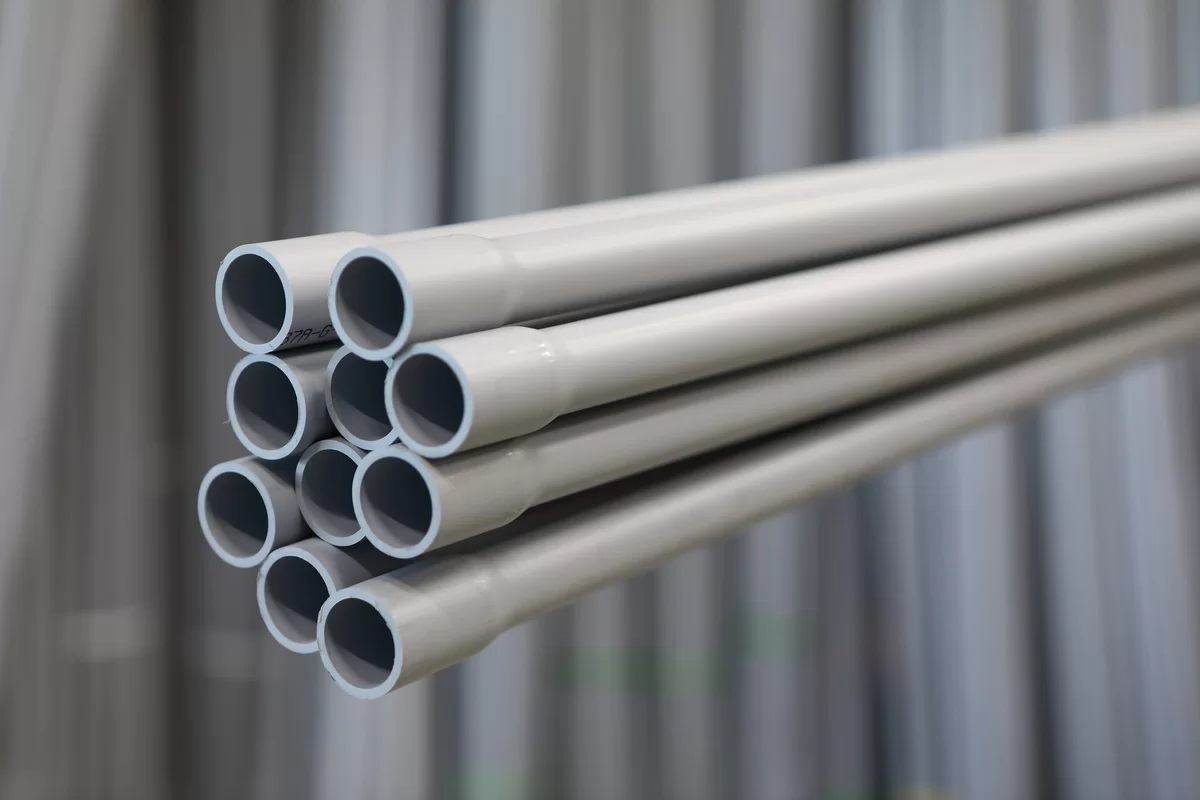
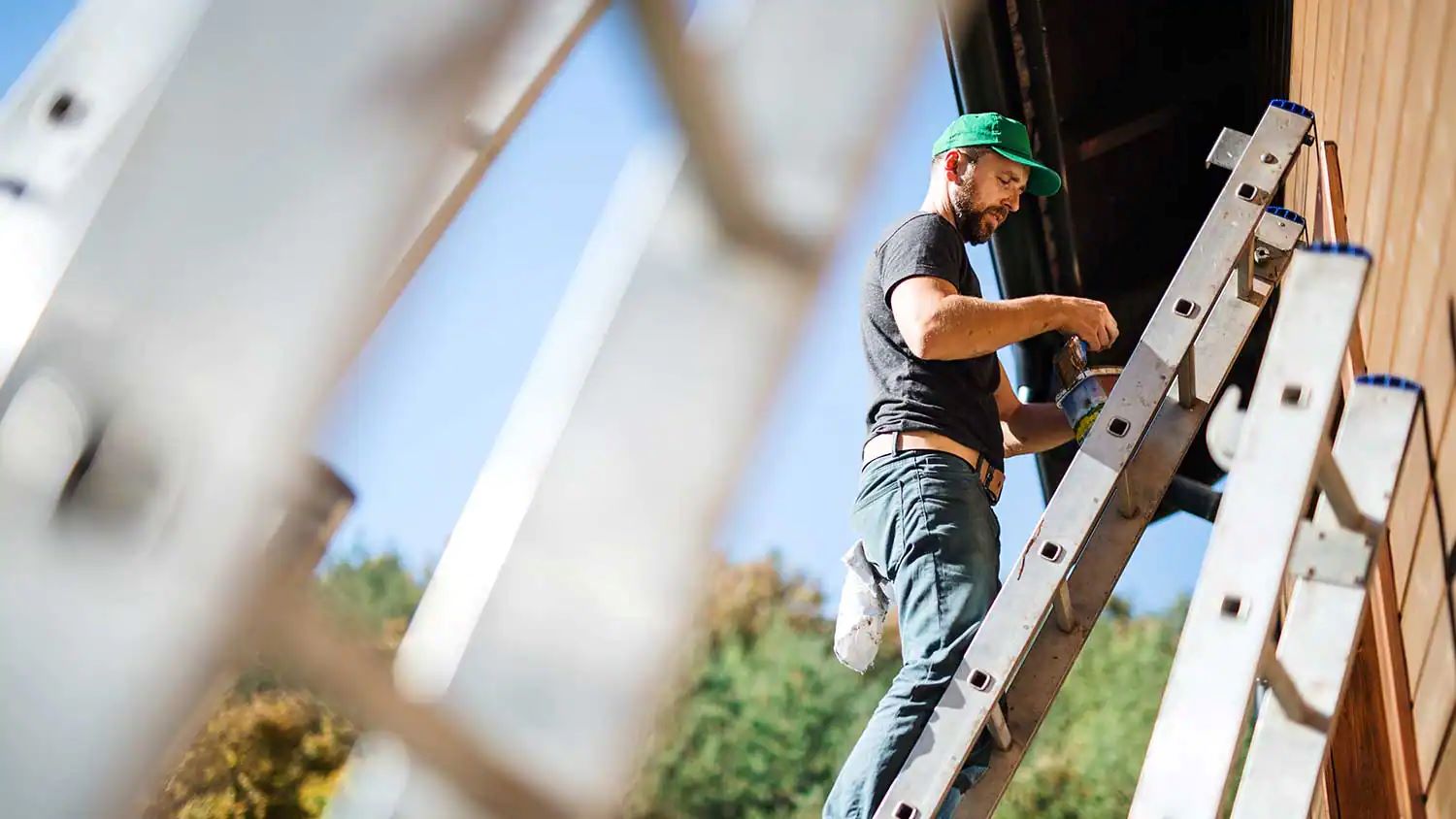
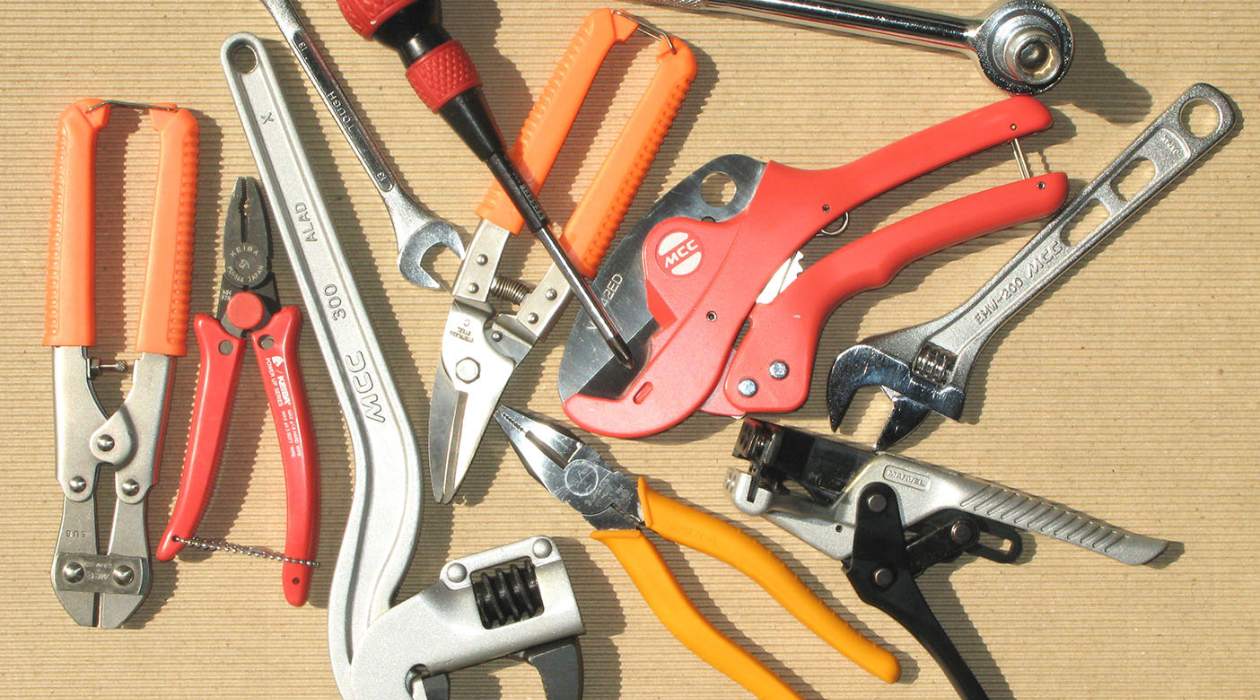
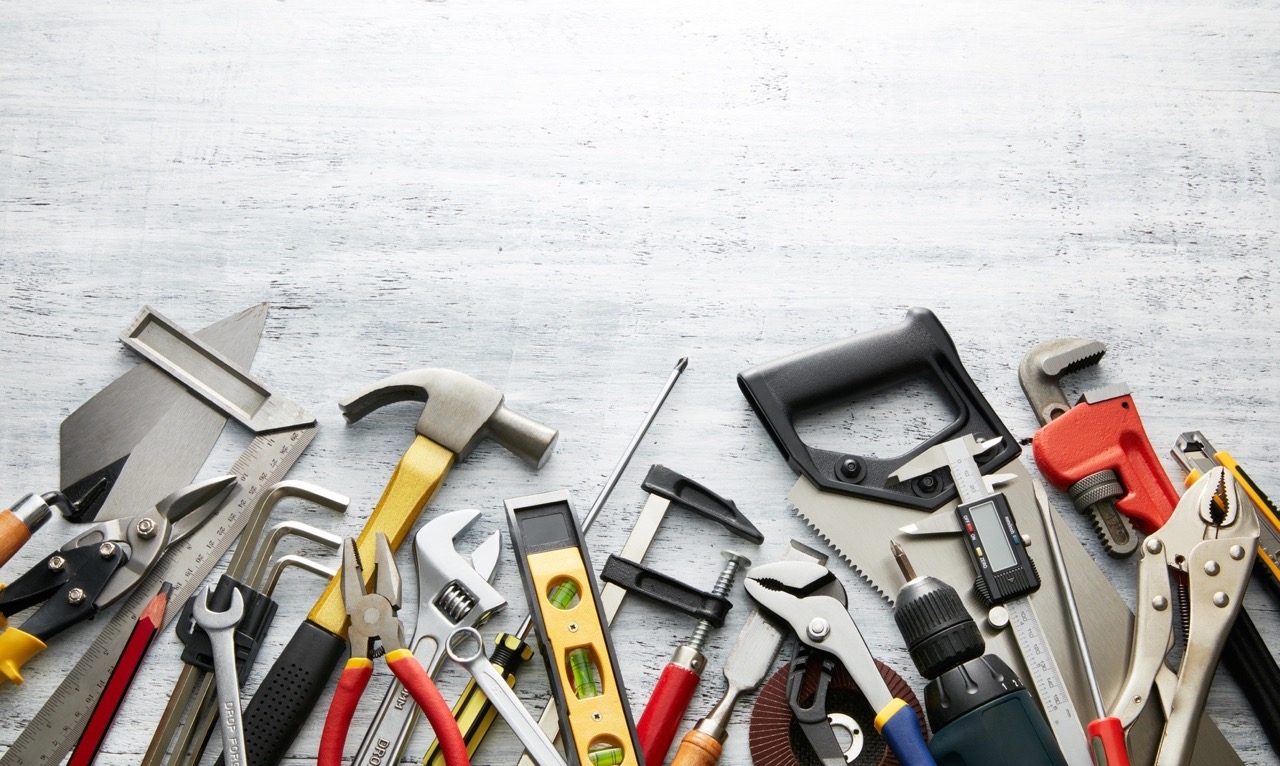
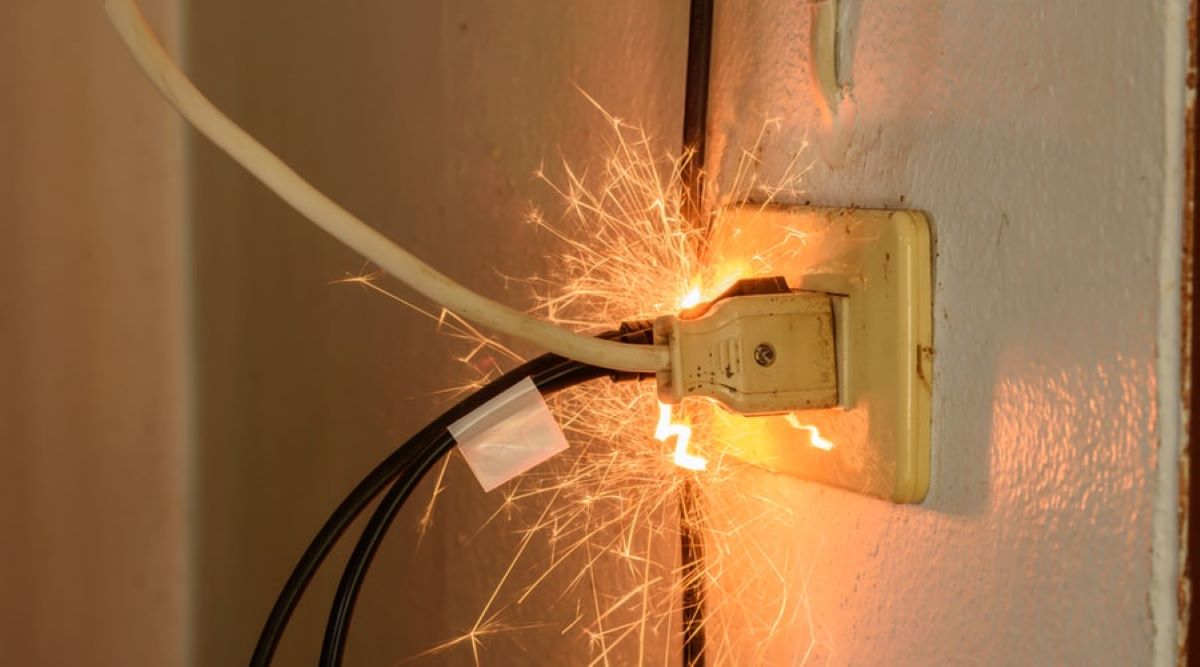

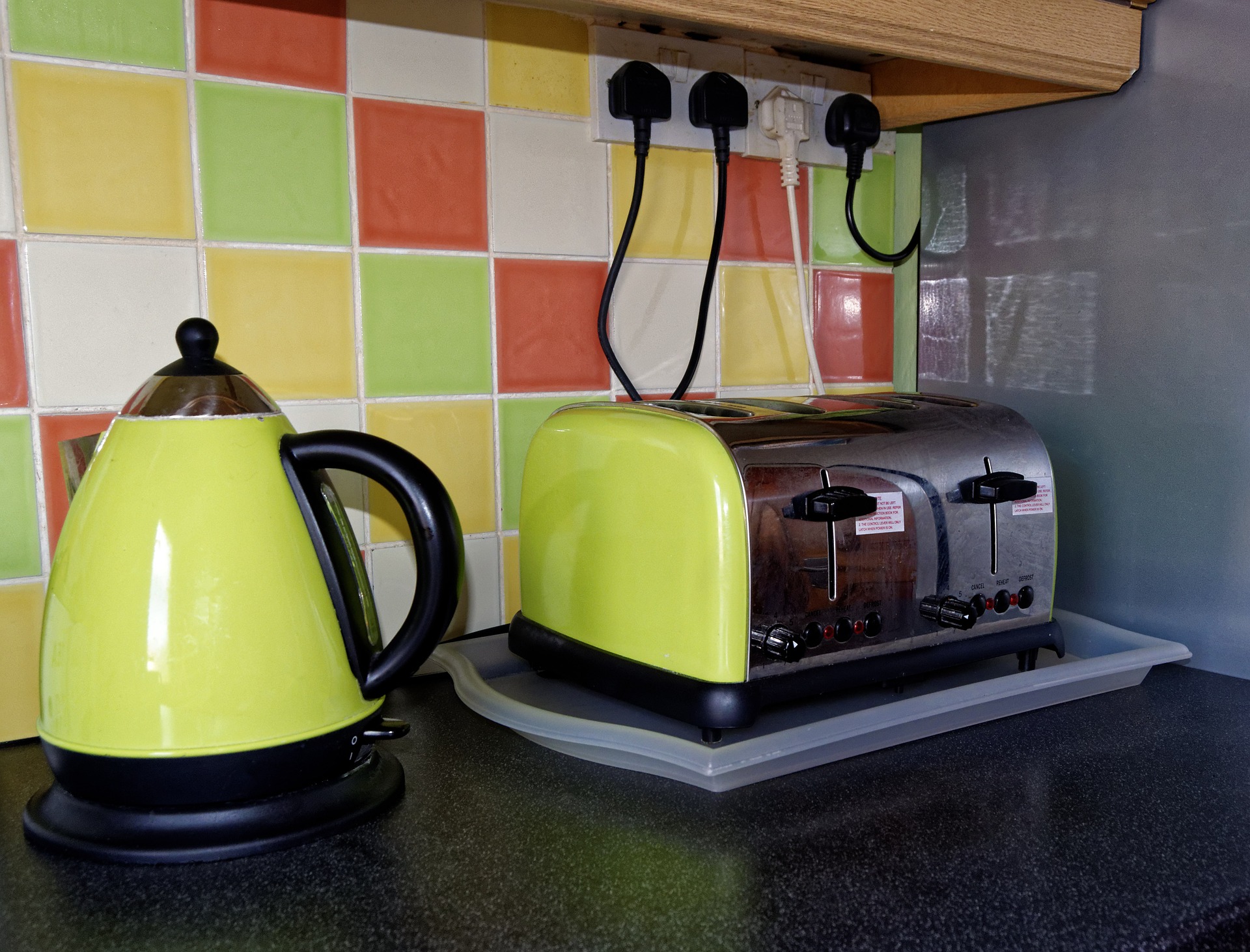
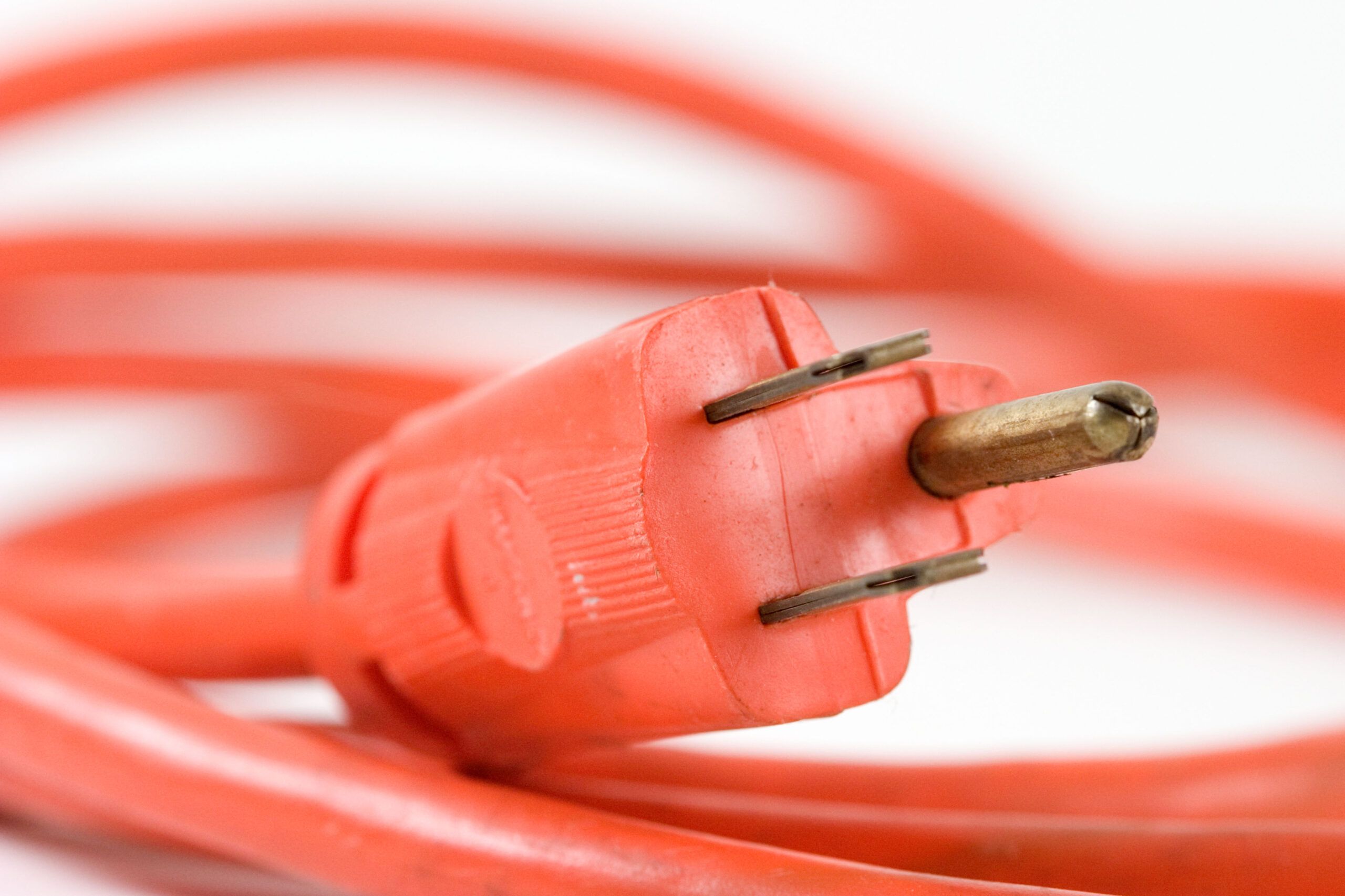
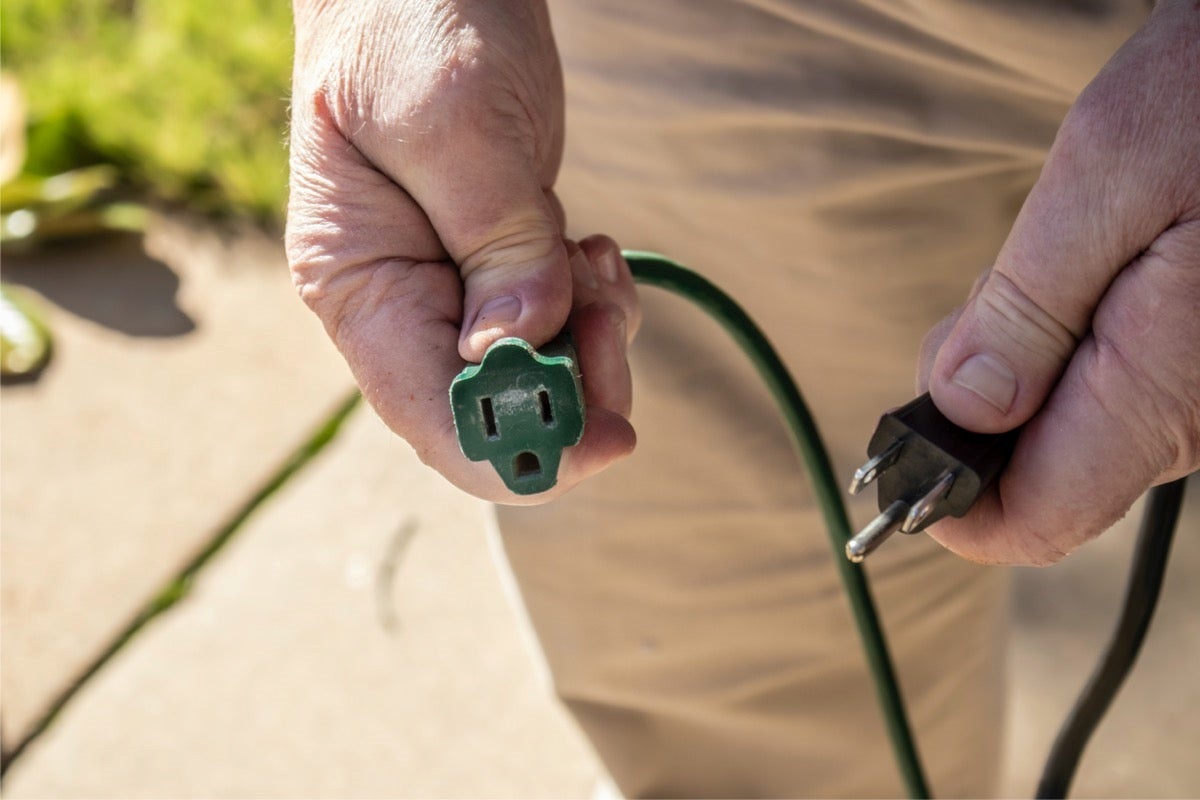

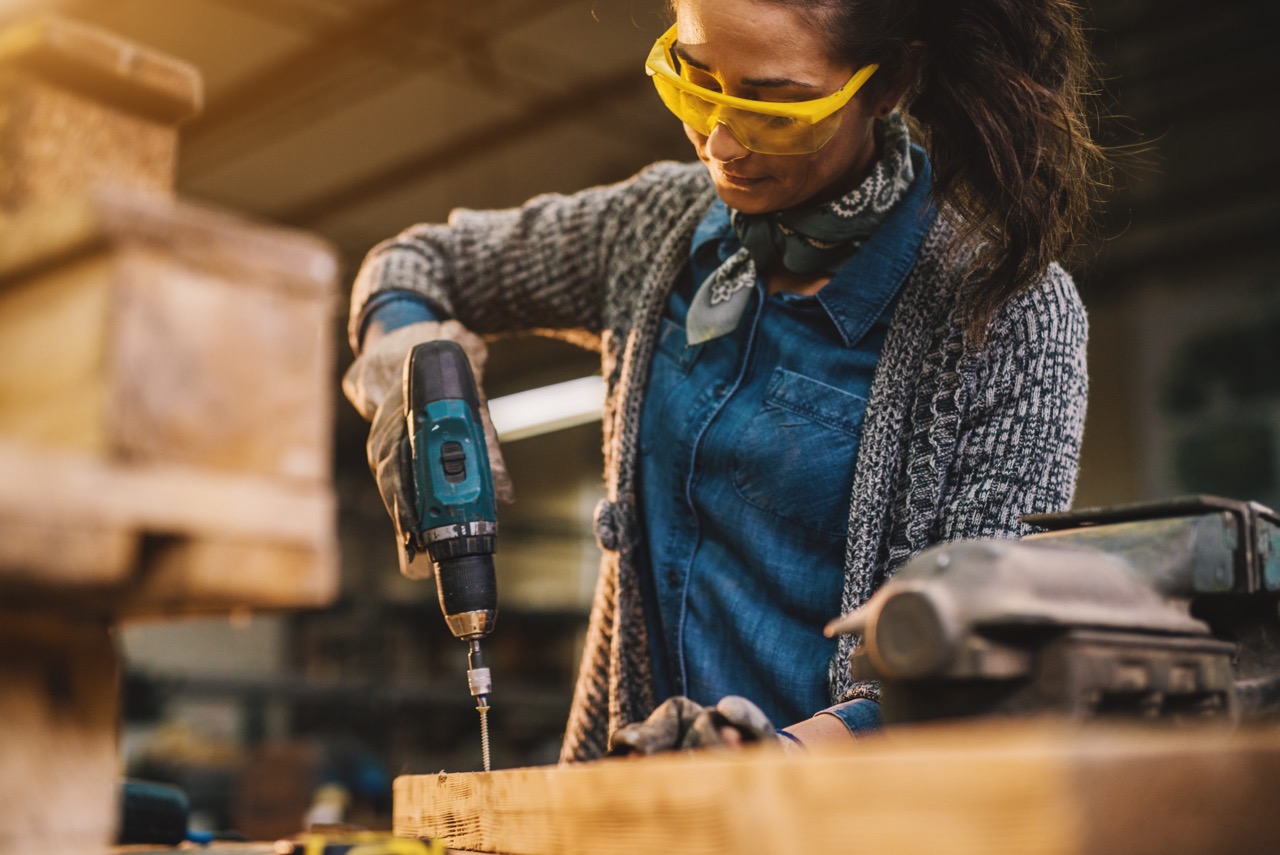
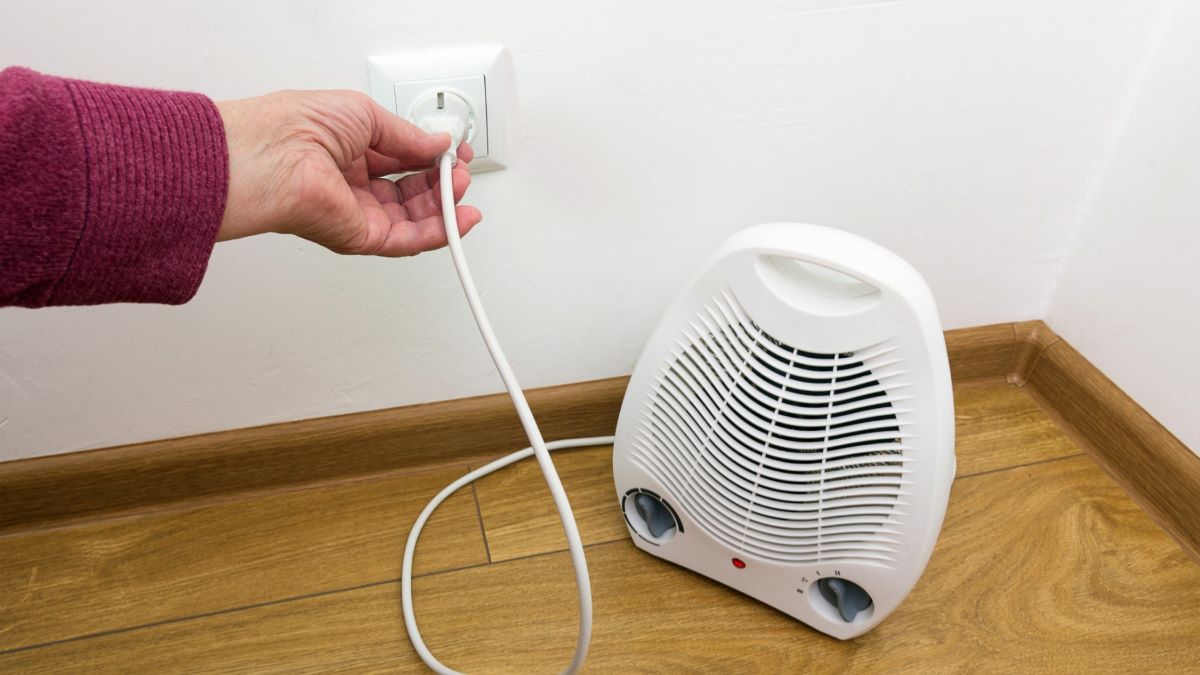
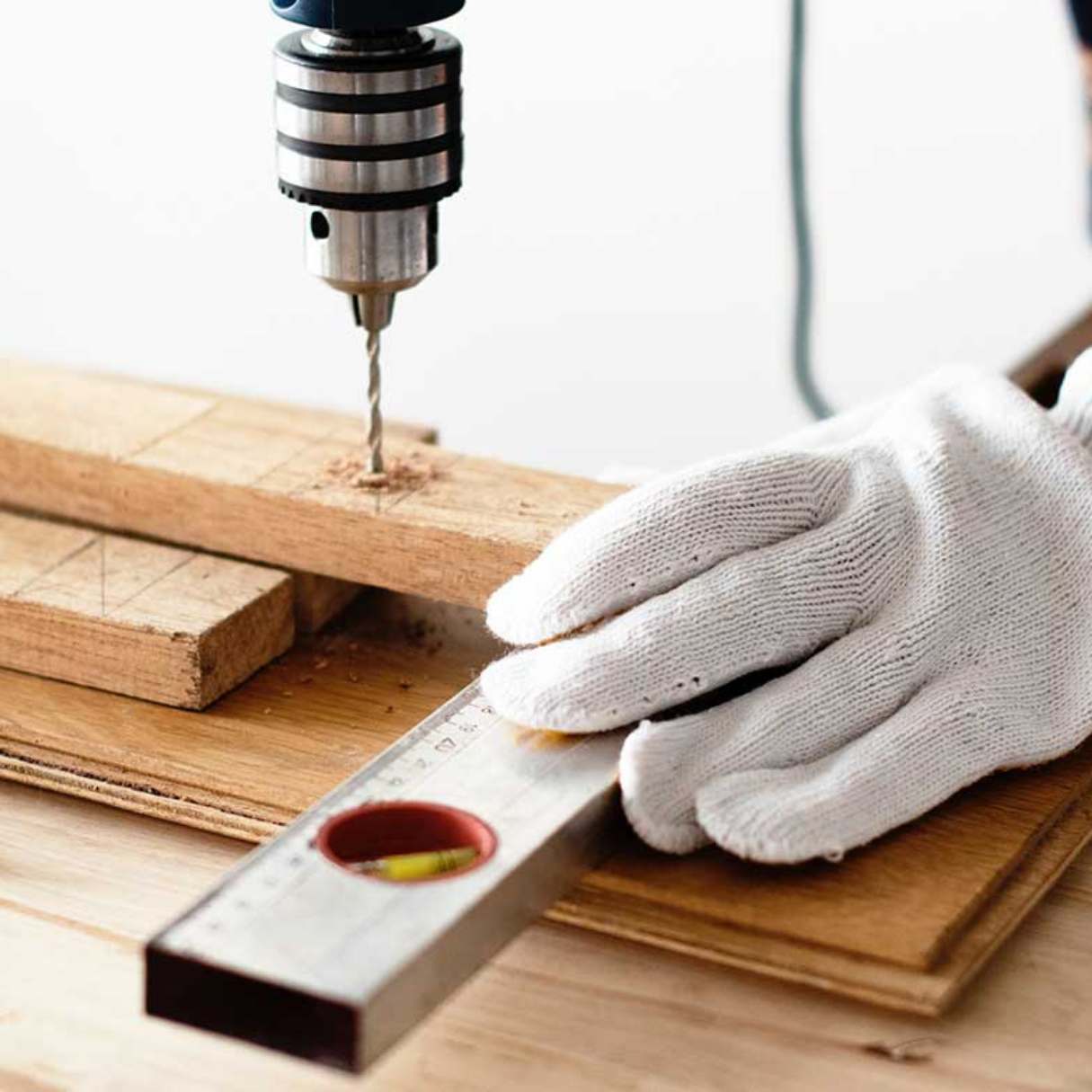
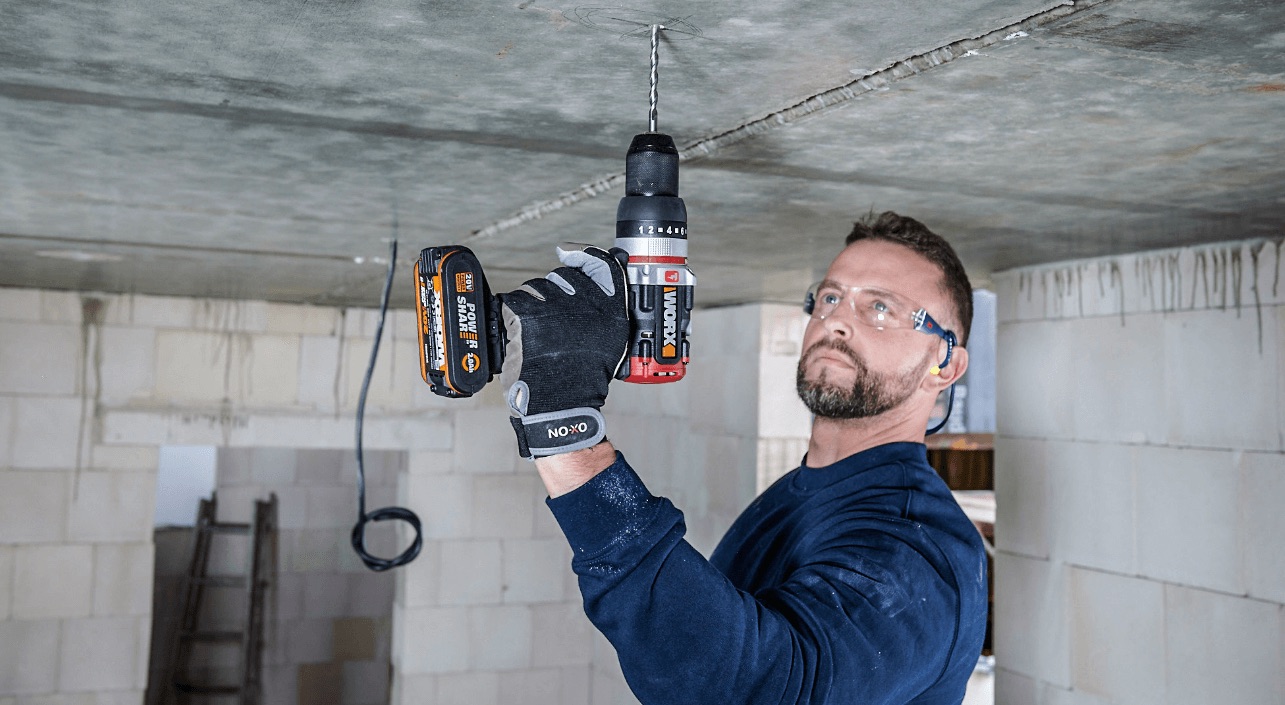

0 thoughts on “Safety Precautions When Using Power Tools With Electrical Cords”